BioRestNet: A Network of Biocultural Restortaion
Felipe Melo
Nottingham Trent University
Why a network?

- It is the best way to scale up restoration
- Allows sharing of knowledge
- Strengthen actions
- Creates models
Research Component
Biocultural restoration
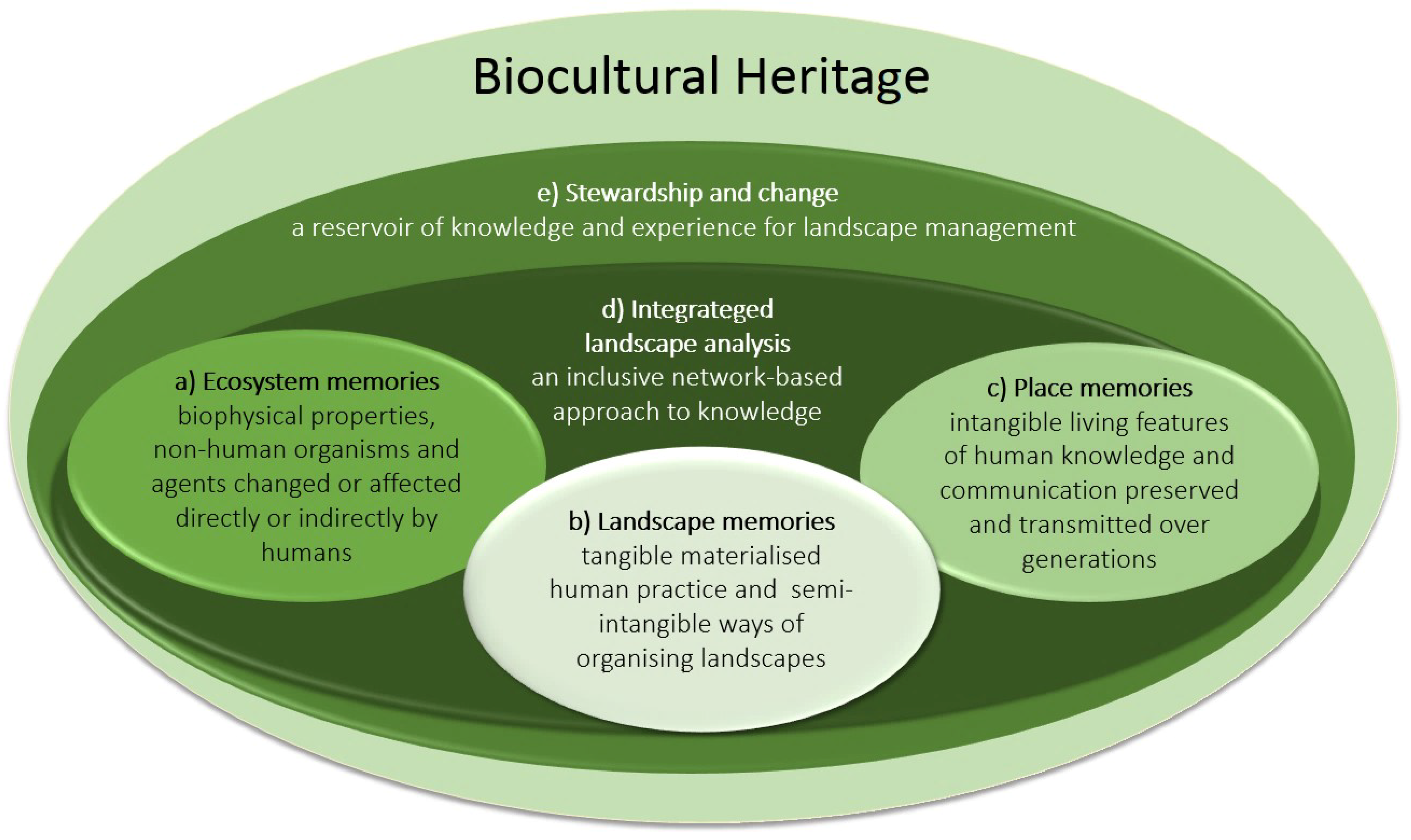
Theme 1 - Biocultural Restoration
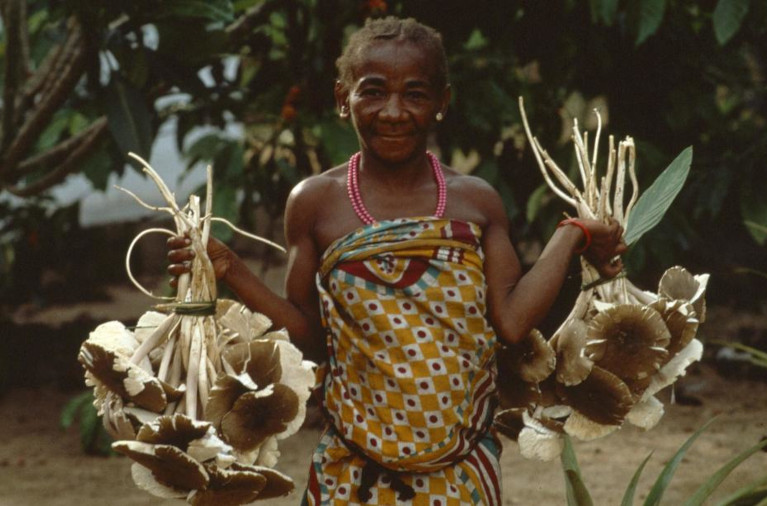
- Compile the culturally important species
- Understand the multiple use for humans
- Assess the value the biocultural core of species
Theme 2 - Functional Effectiveness
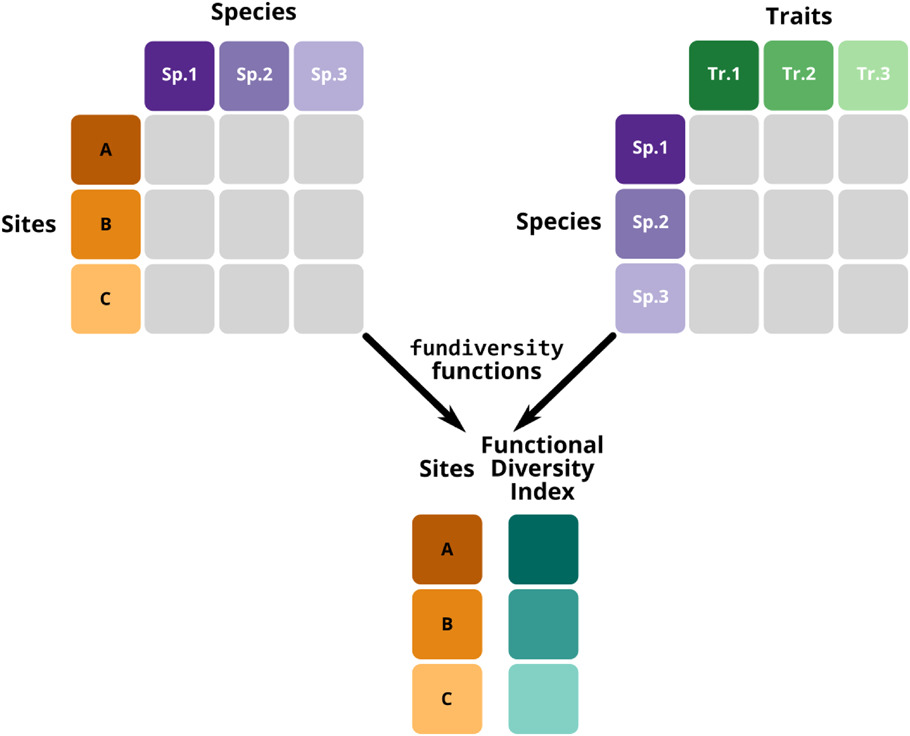
- What is the functional profile of the culturally important species?
- How much ecological function is retained?
Theme 2 - Functional Effectiveness
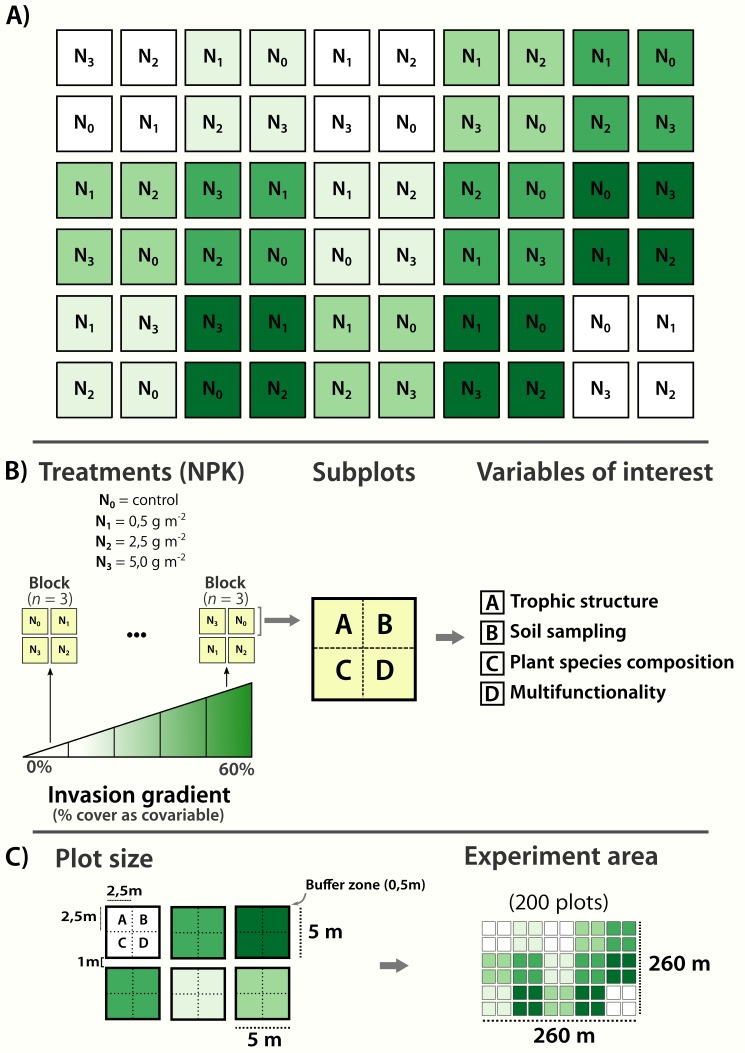
- A randomized-structured experiment
- Placed at the Savanna site
- Control and simulate
- Disturbance
- Climate variables (water)
- inspired by NutNNet
Theme 3 - Landscape Drivers of Change

- Distribution of the Biocultural core of species
- Current and future climate
- Priority areas for Biocultural Restoration
- Sensitive areas
Action Component
Training local community hubs
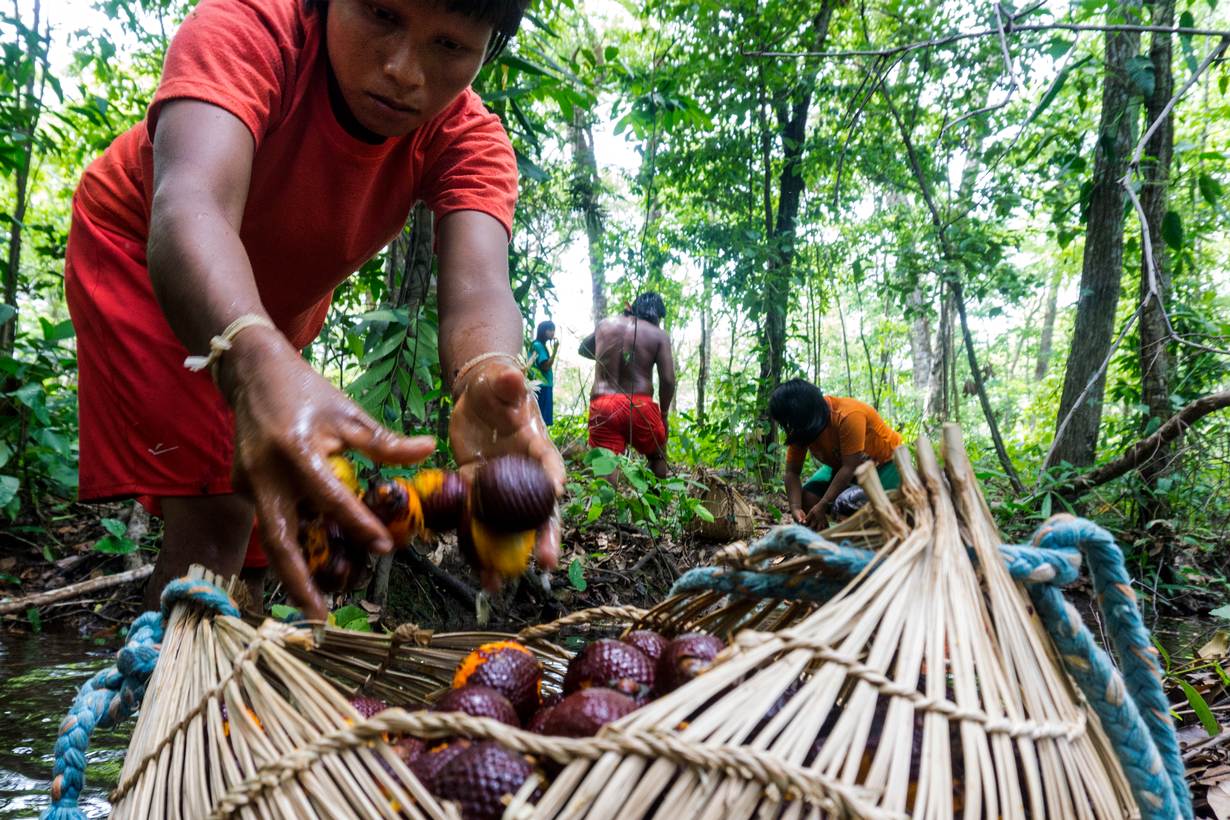
- Map communities at the Coastal, Montane and Savannah
- Workshops for seed collectors
- Restoration Supply Chain
- Gender equity
Thank you

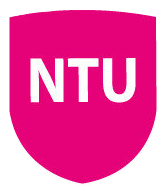
BioRestNet: A Network of Biocultural Restortaion Felipe Melo Nottingham Trent University